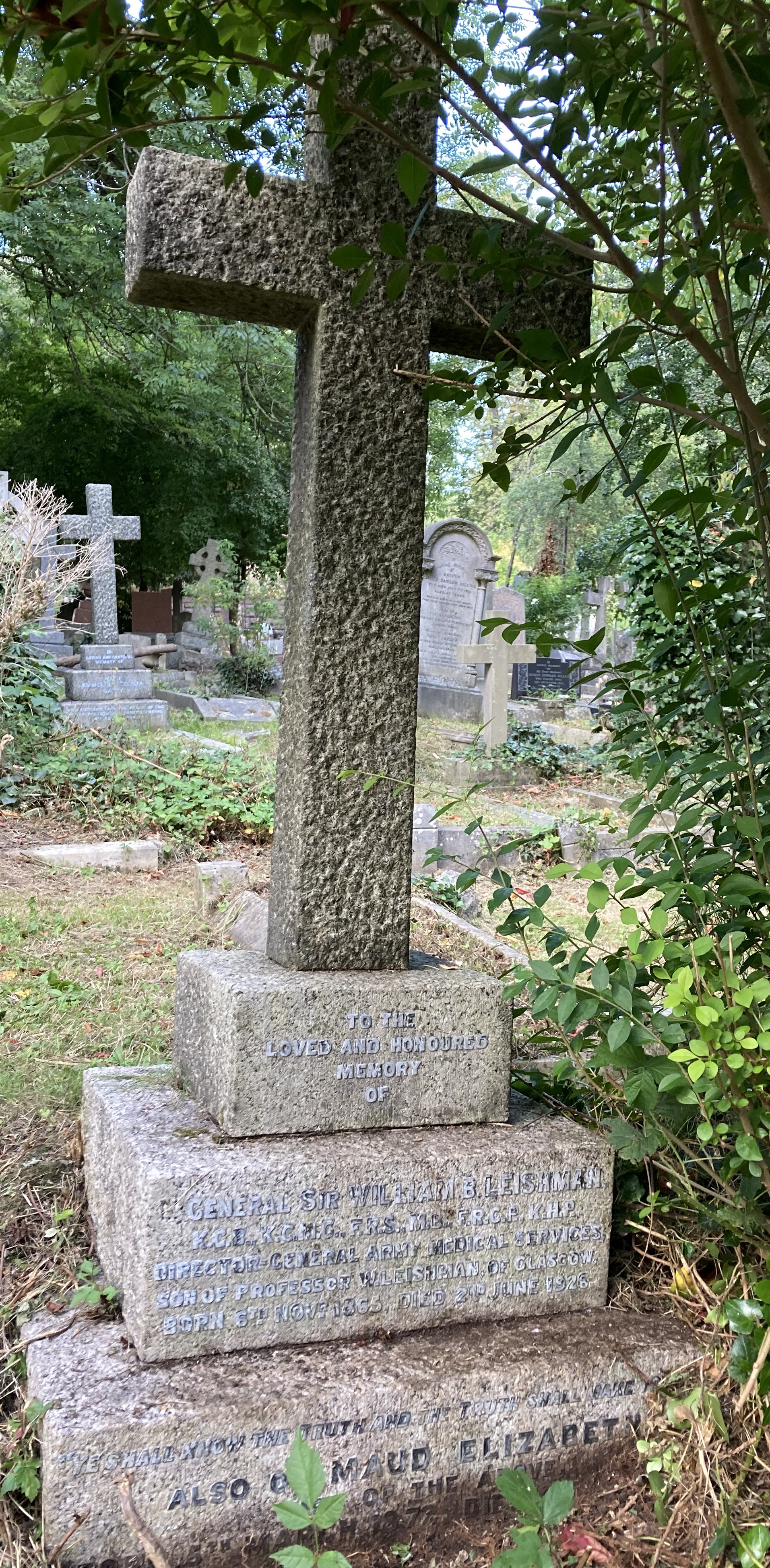|
Félix Mesnil
Félix Étienne Pierre Mesnil ( Omonville-la-Petite, La Manche department, 12 December 1868 – 15 February 1938, Paris) was a French zoologist, biologist, botanist, mycologist and algologist. He was a student of Alfred Giard at the École Normale Supérieure and a classmate of Maurice Caullery. From 1892 he worked at the Pasteur Institute, initially as an associate demonstrator. He was an assistant of Louis Pasteur, and in the meantime, performed studies on cellular immunity, physiology and comparative pathology in the laboratory of Ilya Ilyich Metchnikov (1845–1916). He founded the ''Pasteur Institute Bulletin'' with Gabriel Bertrand (1867–1962), Alexandre Besredka (1870–1940), Amédée Borrel (1867–1936), Camille Delezenne (1868–1932) and Auguste-Charles Marie (1864–1935). As a member of the French Commission on sleeping sickness, he worked for the organisation of the mission in French Equatorial Africa. He also worked for the creation of the Société de ... [...More Info...] [...Related Items...] OR: [Wikipedia] [Google] [Baidu] |
Alexandre Besredka
Alexandre Mikhailovich Besredka (29 March 1870 – 28 February 1940) was a Ukrainian-French biologist and immunologist born in Odessa. In 1910 he became a citizen of France. He studied biology in Odessa (1888–92), afterwards moving to Paris, where he was an assistant to Ilya Ilyich Metchnikov (1845–1916) at the Pasteur Institute. He obtained his medical degree in 1897 with the thesis ''Abscès sous-phréniques''. In 1903 with Amédée Borrel (1867–1936), Félix Mesnil (1868–1938), Gabriel Bertrand (1867–1962), Camille Delezenne (1868–1932) and Auguste-Charles Marie (1864–1935), he co-founded the ''Bulletin de l'Institut Pasteur''. From 1905 to 1914 he was in charge of the laboratory at the Pasteur Institute.Alexandre Mikhailovich Besredka at |
Plasmodium
''Plasmodium'' is a genus of unicellular eukaryotes that are obligate parasites of vertebrates and insects. The life cycles of ''Plasmodium'' species involve development in a Hematophagy, blood-feeding insect host (biology), host which then injects parasites into a vertebrate host during a blood meal. Parasites grow within a vertebrate body tissue (often the liver) before entering the bloodstream to infect red blood cells. The ensuing destruction of host red blood cells can result in malaria. During this infection, some parasites are picked up by a blood-feeding insect (mosquitoes in majority cases), continuing the life cycle. ''Plasmodium'' is a member of the phylum Apicomplexa, a large group of parasitic eukaryotes. Within Apicomplexa, ''Plasmodium'' is in the order Haemosporida and family Plasmodiidae. Over 200 species of ''Plasmodium'' have been described, many of which have been subdivided into 14 subgenera based on parasite morphology and host range. Evolutionary relations ... [...More Info...] [...Related Items...] OR: [Wikipedia] [Google] [Baidu] |
Trypanosoma
''Trypanosoma'' is a genus of kinetoplastids (class Trypanosomatidae), a monophyletic group of unicellular parasitic flagellate protozoa. Trypanosoma is part of the phylum Euglenozoa. The name is derived from the Ancient Greek ''trypano-'' (borer) and ''soma'' (body) because of their corkscrew-like motion. Most trypanosomes are heteroxenous (requiring more than one obligatory host to complete life cycle) and most are transmitted via a vector. The majority of species are transmitted by blood-feeding invertebrates, but there are different mechanisms among the varying species. '' Trypanosoma equiperdum'' is spread between horses and other equine species by sexual contact. They are generally found in the intestine of their invertebrate host, but normally occupy the bloodstream or an intracellular environment in the vertebrate host. Trypanosomes infect a variety of hosts and cause various diseases, including the fatal human diseases sleeping sickness, caused by '' Trypanosoma br ... [...More Info...] [...Related Items...] OR: [Wikipedia] [Google] [Baidu] |
Protozoa
Protozoa (: protozoan or protozoon; alternative plural: protozoans) are a polyphyletic group of single-celled eukaryotes, either free-living or parasitic, that feed on organic matter such as other microorganisms or organic debris. Historically, protozoans were regarded as "one-celled animals". When first introduced by Georg Goldfuss, in 1818, the taxon Protozoa was erected as a class within the Animalia, with the word 'protozoa' meaning "first animals", because they often possess animal-like behaviours, such as motility and predation, and lack a cell wall, as found in plants and many algae. This classification remained widespread in the 19th and early 20th century, and even became elevated to a variety of higher ranks, including phylum, subkingdom, kingdom, and then sometimes included within the paraphyletic Protoctista or Protista. By the 1970s, it became usual to require that all taxa be monophyletic (derived from a common ancestor that would also be regarded as protozo ... [...More Info...] [...Related Items...] OR: [Wikipedia] [Google] [Baidu] |
William Boog Leishman
Lieutenant-General Sir William Boog Leishman, ( ; 6 November 1865 – 2 June 1926) was a Scottish pathologist and British Army medical officer. He was Director-General of Army Medical Services from 1923 to 1926. Biography Leishman was born in Glasgow and attended Westminster School and the University of Glasgow and entered the Royal Army Medical Corps. He served in India, where he did research on enteric fever and kala-azar. He returned to the United Kingdom and was stationed at the Victoria Hospital in Netley in 1897. In 1900 he was made Assistant Professor of Pathology in the Army Medical School, and described a method of staining blood for malaria and other parasites—a modification and simplification of the existing Romanowsky method using a compound of methylene blue and eosin, which became known as Leishman's stain. In 1901, while examining pathologic specimens of a spleen from a patient who had died of kala azar (now called "visceral leishmaniasis"), he observed ov ... [...More Info...] [...Related Items...] OR: [Wikipedia] [Google] [Baidu] |



